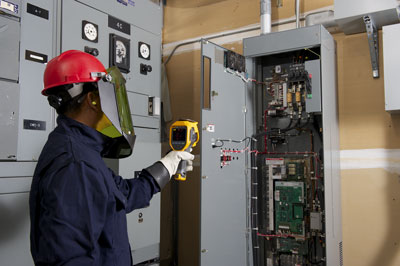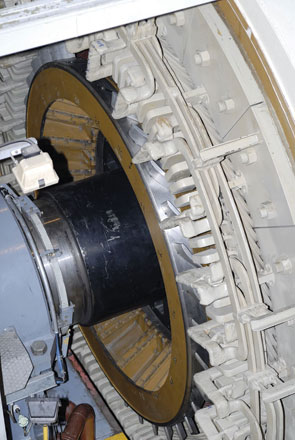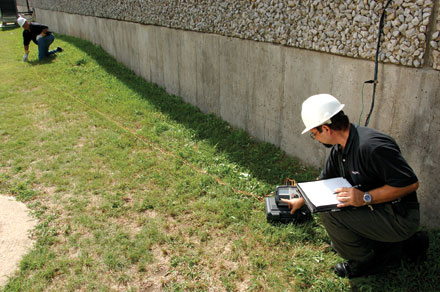How resistance testing is affected by the elements
BY JEFF JOWETT, Megger
Ground resistance testing is affected by the weather as much as any common electrical test—and sometimes even more so. Both the instrument and the test item are affected. With ground resistance testing, the test item is not so readily managed as a motor or electrical circuit which can be dried, cleaned, placed in a controlled environment or some other adaptation to accommodate easy or standardized testing. Here, the “test item” is actually a complex interplay between the grounding electrode and its soil environment. Both of these elements will be examined in turn.
The soil component can be a relatively tight hemisphere around a ground rod or a rather vast expanse surrounding a large grid. The composition of the soil itself constitutes a baseline for its resistance with types such as loam and clay exhibiting relatively low resistivity (good electrical grounding) while others like sand and rock are typically quite high. Superimposed on basic soil structure are the effects of weather in the form of moisture and temperature. These factors also have a broad range of influence on electrical measurement.
MOISTURE
It should come as no surprise that a paramount consideration is moisture. A “good” ground is a low resistance ground and the reciprocal of low resistance is high conductivity. Whether or not soil is a “good” conductor is a point that must be considered in perspective. Compared to copper, it is certainly not. Soil would hardly function in any effective manner if constricted into a long strand, as copper is in a wire. But the advantage of the earth (that is, the planet itself or the immediate portion of it) is simply that there is so much of it.























